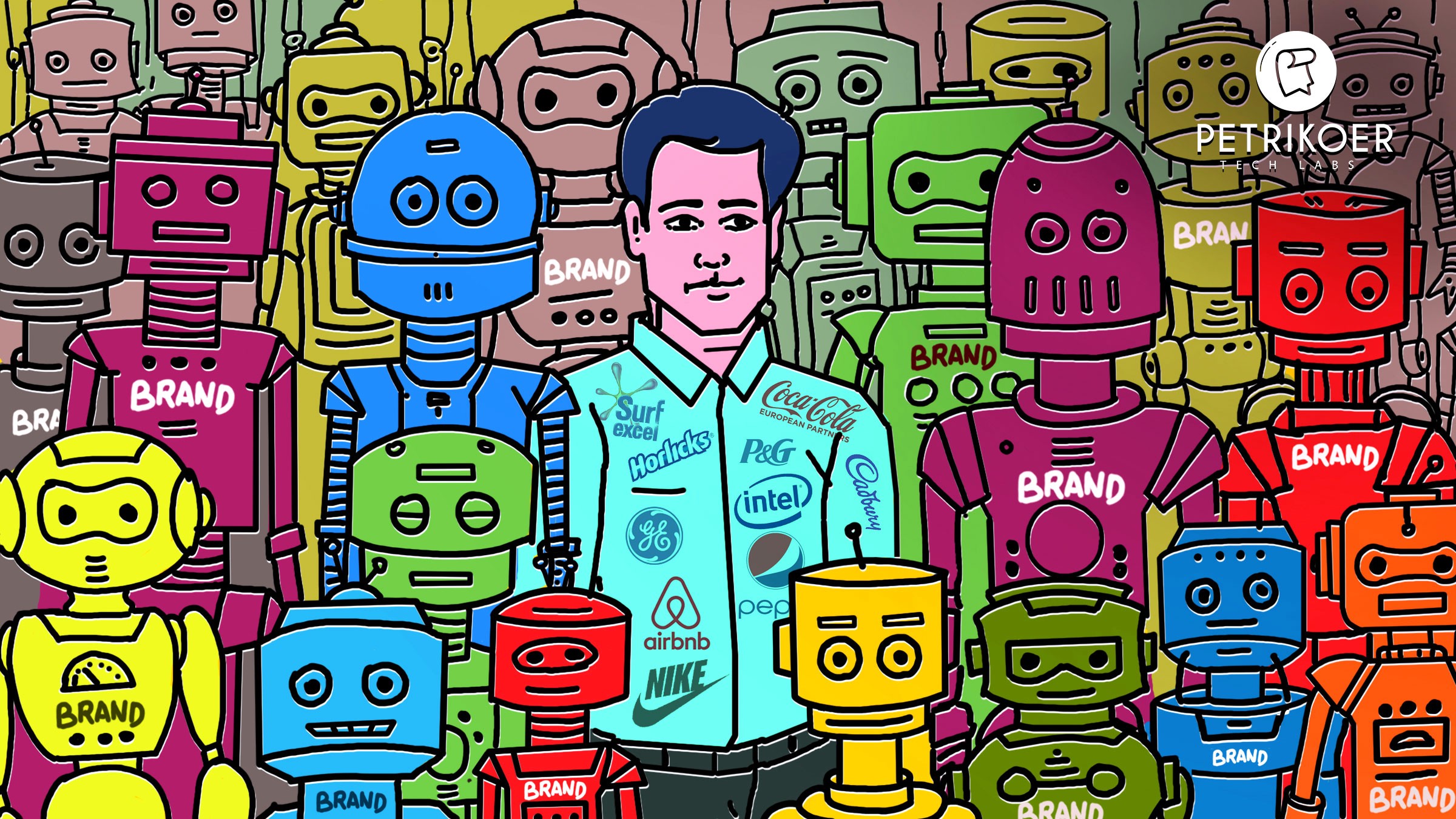“Good communication is as stimulating as black coffee, and just as hard.”
-Anne Spencer
However, nowadays, as marketeers, our job is to make that hard, black coffee into the perfect coffee-based dessert — any brand or business that is able to make that dessert, stands out.
Marketeers, strategists, creative thinkers work towards helping brands or businesses connect with their audience/customers. Businesses put aside budgets to achieve, and maintain, a ‘personality.’ All this is built on the pillar of communication. The newest catchphrase is ‘humanisation’ in marketing.’ The question here is, why?
The answer is to appeal to a target audience’s emotional intelligence. Human psychology and its inimitable patterns are what marketers and brand strategists look to build a brand personality.
The keyword here is personality.
A word that we have always associated with a living, breathing, thinking entity. Today marketing communications is moving towards creating brands that are equivalent to a living person — so like any person, they want to make a connection.
This brings us to humanising any brand or business. Let’s ask ourselves this first: why do we communicate? The simplest, most powerful answer is to connect with another person/s. The same applies to brands and businesses. To make themselves relevant, a brand/business has to be able to connect with their customer — they should, in short, know who and what their customers are. We might even say intimately know them.
The advent and immense popularity of all networking sites is because they make communication easier. Now that we have the tech that makes it easier, how to keep it going?
By making it empathetic, experiential, emotional…and perhaps even everlasting.
Let’s tell a story. Hooked you, didn’t we? Because who doesn’t like a good story? You make an instant connect — because any human is curious to hear/see/read a story. Your communication is as strong as your stories.
“Be unpredictable, be real, be interesting. Tell a good story.” — James Dashner
And that is why any marketing communication that tells a good story is interesting.
Now let’s tell a story, for real.
Nike — the global sports apparel brand — has been telling stories consistently since their first 1988 ‘just do it’ campaign. In that 80-year-old Walt Stack quips “I just leave them at home” to the question, “how do you keep your teeth from chattering in the winters?” at the end of a minute-long video. In 2018, Nike commemorating 30 years of its ‘just do it’ campaign, came out with the ‘dream crazy’ campaign — as part of the changing fabric of the way people see sports and sports-persons; the story is the same: a protagonist, a goal, obstacles that protagonist faces to reach that goal and the euphoria when the said goal is achieved.
This has been, for 30 years, consistent with Nike’s ‘just do it’ tagline.
Nike has thus managed to — and exceptionally so — go beyond personalization to humanization. By their individual’s storytelling, they have created, humanized experiences and human connections both.
In today’s marketing world, there’s a consistent focus on ‘having a conversation’ between brands and people, because it involves a back-and-forth interaction in contrast to the previous one-way communication of mass media. Through this conversation is how we believe brands can create customer relationships and sustain engagement.
We at Petrikoer work towards ‘bringing experiences to life’. We believe, and strive, to make human connections for each of our clients — because we understand why any brand or business should come across as a personality a customer want to be associated with. At the foundation of our strategy is our human need to have a conversation, to connect with those who think like us, to make a community.
Because we know, customers want experiences, not transactions.
The latest in insights
Please do go through some of our other insights and thought papers
INSIGHTS
- Being Human: A mantra every brand should follow May 6, 2021
- Startup Branding: Why it is imperative today May 6, 2021
- Importance of video content in the coming decade May 6, 2021
